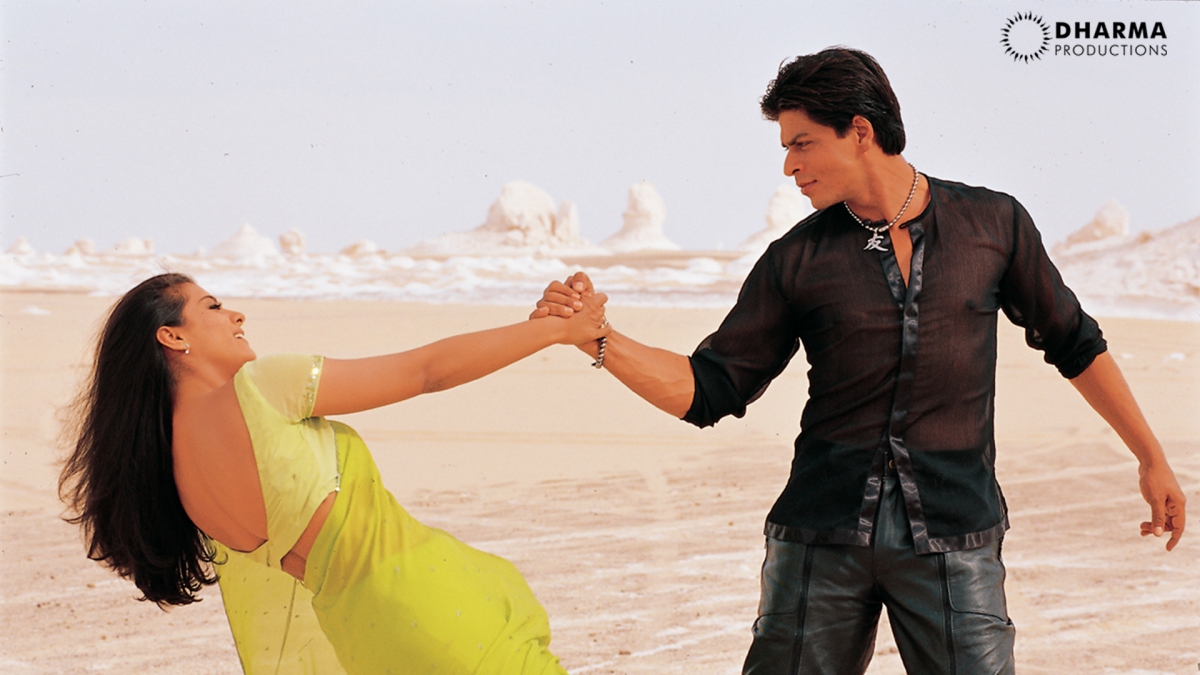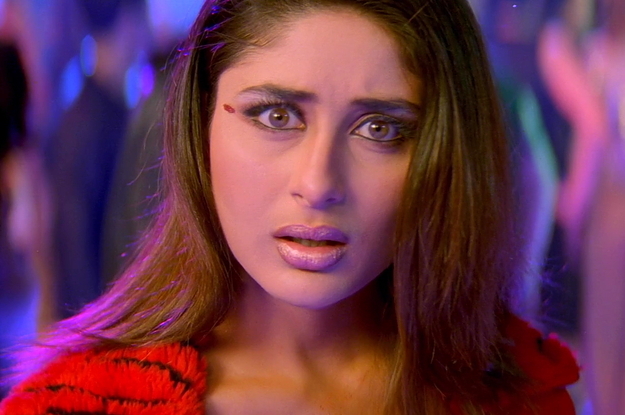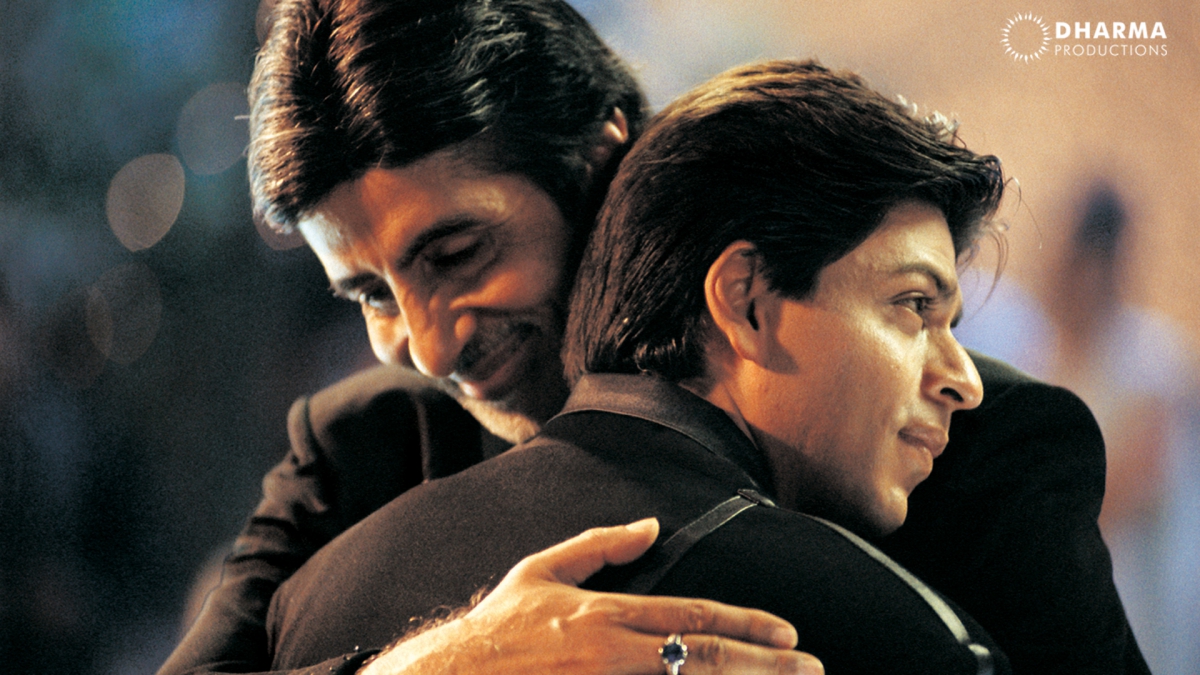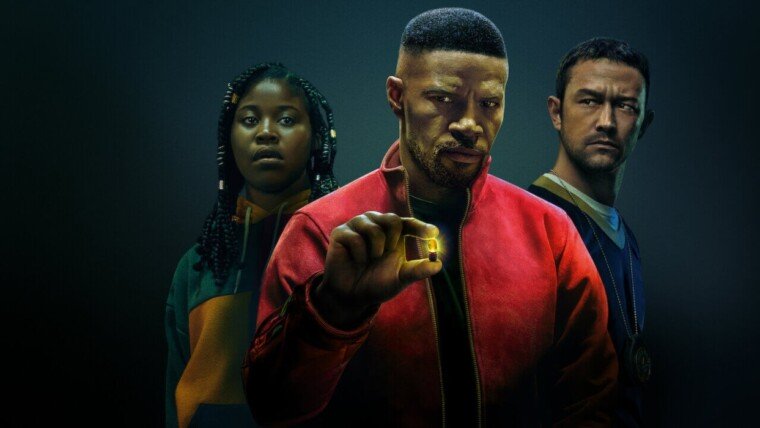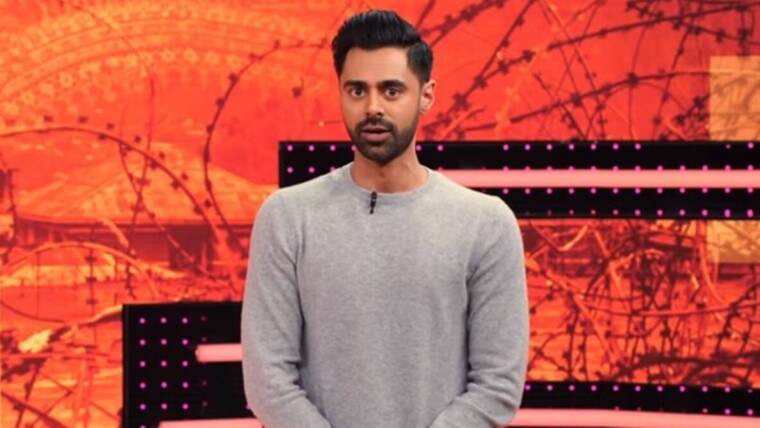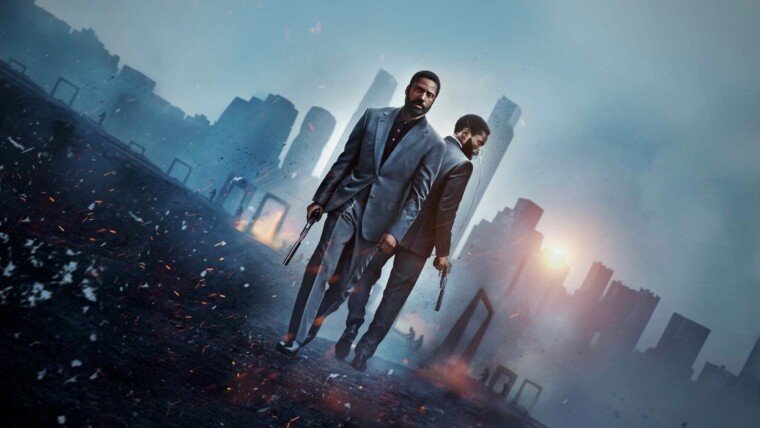Karan Johar’s first feature film, Kuch Kuch Hota Hai took the world by storm, more than any other Indian movie had ever done up to that point. Not even the revered-to-this-day Amitabh Bachchan classic, Sholay penetrated the global pop-cultural zeitgeist the way Kuch Kuch Hota Hai did in 1998. Dilwale Dulhania Le Jayenge may have introduced the world to the dynamite pairing of Shah Rukh Khan and Kajol, but it was Kuch Kuch Hota Hai that transformed them into bonafide rockstars. So, when the 29-year-old director, who had also become a rockstar in his own right, decided to get the gang back together in 2001, with additions like Amitabh Bachchan and up and coming hotties, Hrithik Roshan and Kareena Kapoor, India (and Indian movie fans around the world) stood still, palpitating in sheer anticipation. I am of course referring to Kabhi Khushi Kabhie Gham (or K3G as it’s often referred to by the fandom).
I watched K3G again for what I presume was the gazillionth time, a couple of days ago. Frankly, it’s not a “great” film. But it wonderfully encapsulates the phrase “they don’t make movies like these anymore.” I don’t think it would’ve worked as well had it been released today. Cinema as a whole has matured, and Indian cinema (and its audiences are no different). In an era where audiences salivate for the next Anurag Kashyap and Zoya Akhtar Hindi film (check out Gangs of Wasseypur 1 & 2 and Gully Boy) and Indian pop-culture is defined by a feminist sports biopic, Dangal and a fantasy war epic Baahubali, a romantic-family drama with absolutely no subtlety, in the vein of K3G may have still made all the money, but certainly not the noise. Which is why the romantic Karan Johar himself has limped on as a helmer since, struggling to adapt to a more grounded and gritty era.
But 20 years ago, in an era where mainstream Bollywood (a term that’s hardly even used anymore) was defined by broad romance, larger than life drama and fantasy-esque duets that transported you from the Pyramids in Egypt to the Eiffel Tower in Paris, Karan Johar thrived. He was the maestro of that era, and Kabhie Kushi Kabhie Gham, the second film in his romantic trilogy (with multiple Ks in the title) was truly the embodiment of that.
The premise is familiar. When the eldest son, Rahul (Shah Rukh Khan) of the filthy rich Raichand family — seriously these guys live in an outlandishly huge house that resembles Hogwarts — falls in love and marries the lower class, Anjali (Kajol) despite his dad, Yash Raichand’s (Amitabh Bachchan) wishes, drama ensues. It’s the original Crazy Rich Asians. But what separates Kabhi Khushi Kabhie Gham from other films of this premise is its scope. This is a three and a half hours film that puts the epic in family drama. It’s filled with sprawling romance, earnest melodrama, blood vs bond, gloriously choreographed musical numbers, flashbacks and brilliant moments of comedy. No other film has mutilated by tear glands as much as K3G.
There are sequences in this film that have been poked fun at and meme-d to death. There’s no denying the objective ridiculousness of a mom, Nandini (Jaya Bachchan) who can literally feel her son’s arrival all the way from inside the mansion, the moment his foot touches the ground after getting off a helicopter (note that this desi Hogwarts also has a Helipad) and runs to the door to greet him. But Karan Johar doesn’t treat this scene like it’s meant to be funny. He handles it with sincerity. What Johar does is take a concept as simple as “a mother knows everything” and turns it into a Shakespearean moment of pure emotion. It informs you, through visuals, of the unbending and resolute bond a mother shares with her children. It also lays the groundwork of the many scenes that take place after that. When Rahul agrees to fulfill his father’s wishes and marry the rich family friend, Naina, despite his heart’s true desire, his mom immediately feels his soul crush.
But of course, Rahul does eventually marry Anjali because the heart wants what the heart wants, but also because Anjali’s father dies (seriously, it’s Shakespearean stuff). The romance between Rahul and Anjali could’ve used a lot more fleshing out. But Shah Rukh Khan and Kajol have such furnace hot chemistry that their ‘love-at-first-sight-and-few-jokes’ is not only excusable, it’s instantly believable. It helps, of course, that Shah Rukh Khan and Kajol have been a part of sprawling romances in both Dilwale Dulhania Le Jayenge and Kuch Kuch Hota Hai. It’s like with Spider-Man — you don’t need to watch Uncle Ben die over and over again to get it.
We have to talk about the most integral scene in the film. When Rahul brings Anjali back home after marrying her, daddy Yash Raichand (indirectly) disowns him. You feel his mom’s heart drop to the ground with a loud thud and shatter into a million tiny pieces. It’s a painful scene, made perfect by the exaggerated sound of rain and thunder, Amitabh Bachchan’s rigid arrogance and Jaya Bachchan & Shah Rukh Khan who wear their hearts on their sleeves.
What’s also great is that Karan Johar doesn’t paint Yash Raichand as a one-dimensional villain. Right from the opening frame, we see his love for his Rahul. There is a tenderness underneath his stoic exterior. He jokes with his kids and is incredibly loving towards his wife. In fact, both his sons, particularly his eldest, Rahul look up to him in nothing but admiration, the way many sons do their dads — we wish we can walk like our dad, talk like our dad, be as brave as our dad. But Yash is a man of certain principles, principles we get the impression that were moulded onto his skeleton by his own father. He’s egoistic and arrogant, especially when it comes to matters of stature and class. When the caretaker of his house and his children invites him to her daughter’s wedding in the village, Yash doesn’t attend, nor does he allow his wife to go. These traits make Yash Raichand a compelling antagonist in this tale.
There are plenty of other little things to cherish in this epic. Karan Johar uses echoes to great effect. Early on in this film, we see Nandini helping Yash get ready for work. He stands tall and proud, so much so that his much shorter wife has to use a stool to adjust his tie. A similar scene takes place later in the film, after Rahul has been kicked out of the house. There we see Yash once again stand tall and proud, but this time Nandini doesn’t take a stool — she just stands there. Yash has to bend down. It’s not just a scene that signifies a bond between husband and wife that has wavered and a wife’s respect towards her husband that has dwindled, since the departure of their son, but here Nandini is forcing Yash to bend his ego, his proudness and his stubbornness.
All of these great moments of drama and romance are strung together by fantastic musical numbers (‘Say Shava Shava’, ‘Bole Chudiyan’, Suraj Hua Maddham’ ‘yeh Ladka Hai Allah’) that are still anthems to this day and a moving background score that will remain iconic forever.
Where the film loses its grip is in the second half, when the sequences shift to London. The second chapter of the film basically revolves around the younger son, Rohan, who has evolved from a chubby ladoo-ravaging kid into a hunk of a being (played by Hrithik Roshan), trying to patch his family back together again. The key to why the second half ranges from decent to borderline insufferable lies in one character — Poo (Anjali’s younger sister from the village who has now grown up into Kareena Kapoor). Kareena Kapoor is a solid actor, especially in recent years, but Poo is a character that simply did not age well over the years. There was a time when I used to find Poo funny and sexy. But watching her through today’s lens? She’s cringeworthy. She’s not just a diva, but a total bimbo. I guess she’s supposed to be someone who’s stayed in London throughout her adolescent years and is now very westernised. But Karan Johar’s writing of white people and their “ways” is as nonsensical as how white people used to write Asian people.
The comedic romance sequences between Hrithik Roshan and Kareena Kapoor also feels unnecessary and tacked on, made better only by Hrithik Roshan’s killer dance moves. There’s also an Indian National Anthem scene that will make you scratch your head for days… after you tear up because some national anthems just make me emotional, ok?
I’m also not a huge fan of how everything just sort of wraps up. I wish Kajol’s Anjali had more to do in the film, especially after watching the thrilling and layered Mahjong sequences in Crazy Rich Asians. A grand standoff between Anjali and Yash would’ve made things a lot more intriguing. The way Yash comes around too, doesn’t seem whole — it feels too quick. That said, a family coming together after the death of someone beloved can provide some much-needed perspective — I’ve seen it happen in real life.
So, yes, Kabhi Khushi Kabhie Gham isn’t as flawless as I once remembered it to be. But it’s still a highly engrossing, emotionally charged, multi-starrer family drama that is infinitely rewatchable. The best parts of it are absolutely magnificent melodrama packed with broad strokes of emotions and glorious musical numbers. As the saying goes… they don’t make films like this anymore.
Kabhi Khushi Kabhie Gham is now streaming on Netflix (MY)


